Why Does Therapy Take So Long?
I’m often asked on consultation calls: “How long does therapy usually take?” It is a fair question, and also a complicated one. The honest answer is: it depends on your goals, your history, and the level of change you want. Personal work is ongoing across a lifetime. That does not mean you will be in therapy forever. It means growth keeps evolving even after symptoms improve.
Short version: longer than people wish, shorter than people fear, and almost always in phases.
Now here’s the longer version:
What people usually mean by “How long?”
Most callers are really asking:
How long until I feel better?
How long until my symptoms ease enough that I can function?
How much of an investment am I looking at here (time, energy, money)?
Those are practical questions. To answer them, we need to know what “better” is for you. I will often ask:
What would need to change for you to feel better?
If therapy is successful, what will your life look like day to day?
How will we know we are making progress?
When we define outcomes, we can design the shortest, most effective path toward them.
But therapy is an investment. An investment in ourselves and for many of us (myself included), it’s the most important investment we’ll ever make.
Therapy usually moves in phases
1. Safety and relationship first
You cannot do deep work without some trust in the therapist. That is not just resistance/ambivalence you feel about the idea of going to therapy. That is a nervous system looking for safety.
In this phase, we are asking:
Can I tell the truth here?
Will this therapist get my context (race, gender, sexuality, family, immigration, class, religious or spiritual beliefs)?
What happens if I say the part people usually judge?
If you have complex trauma or have been harmed in systems (family, school, religion, medical, queer/transphobic environments), this phase can take longer. That is expected.
2. Insight and meaning-making
Once the relationship is steady enough, we start to name patterns.
“I do this in every relationship.”
“This started earlier than I thought.”
“I learned to ______ so that other people would ______.”
Insight is important. It shows you the architecture of the problem. But insight alone does not change behavior. Insight without safety turns into self-blame. Insight with safety turns into choice.
3. Acceptance and compassion
No one calls asking for this, but it is the hinge point.
This is where we say:
This strategy made sense at the time.
I was adapting to the environment I had.
It worked, which is why I still do it.
This is not resignation. It is context. When you understand why a pattern formed, your system stops fighting itself. That creates room.
4. Choice and new behavior
Only after safety, insight, and compassion do more choices open up. This is where people can finally:
set a boundary
tell the truth in a relationship
leave a situation that is not safe
express identity more fully (gender, sexuality, creativity) without going into collapse
This is the point where the tools you’ll learn start to work.
Does our work end?
Usually, not exactly.
I was talking with a friend about our own therapy and coaching (when we are the client) and we said the same thing: we keep circling the same core themes over a lifetime. Control vs trust. Belonging vs authenticity. Visibility vs safety. Each time we revisit it, we have more insight, more resources, more life behind us. So it goes deeper and it goes faster.
That is not because therapy “didn’t work.” It is because life keeps changing. The same attachment pattern looks different when you are:
27 and dating
38 and in a relationship or parenting
45 and running a business or working towards a career change
60 and thinking about retiring
75 and facing aging, loss, or identity shifts
And these are just the developmental milestones. Think about all of the life things that can happen that affect us.
*ages chosen at random. I plan to hold off on “facing aging” for quite some time.
So people dip back into therapy at different life stages to rework the same theme in a new context. That is normal.
So how long does it take?
It depends on:
how much trauma or identity-based harm you have lived through
how fast your system can tolerate insight without shame
how willing you are to practice new behavior in real life
For a few, 8–12 sessions to stabilize anxiety or get through a transition.
For others, 6 months - 2 years to shift long-standing relational patterns.
For many, therapy is a process over a lifetime.
The point is not “stay in therapy forever.”
The point is:
Build enough trust to work
Understand what formed the pattern
Meet it with acceptance and compassion
Then choose differently
When those four are in place, we can shift our worldview dramatically.
Are you considering starting or restarting therapy? Send us an email and we will set up a consultation.

